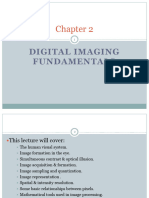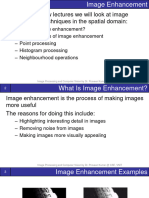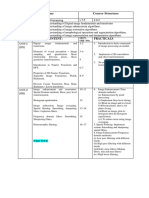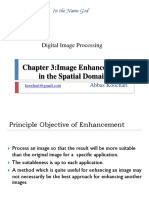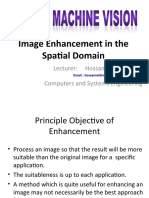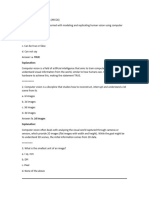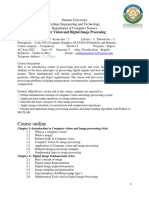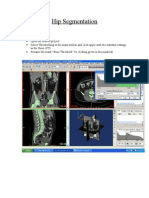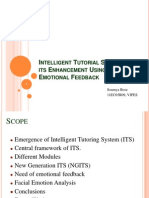0% found this document useful (0 votes)
69 views194 pagesUnit 2 Computer Vision 2025
The document outlines the syllabus for a Computer Vision course, covering topics such as image processing fundamentals, enhancement techniques, feature detection, video processing, and applications in object recognition and medical imaging. It includes detailed units on image segmentation methods and various image enhancement techniques like point processing and histogram equalization. Learning resources and textbooks are also provided to support the course content.
Uploaded by
tweeshasomaiyaCopyright
© © All Rights Reserved
We take content rights seriously. If you suspect this is your content, claim it here.
Available Formats
Download as PPTX, PDF, TXT or read online on Scribd
0% found this document useful (0 votes)
69 views194 pagesUnit 2 Computer Vision 2025
The document outlines the syllabus for a Computer Vision course, covering topics such as image processing fundamentals, enhancement techniques, feature detection, video processing, and applications in object recognition and medical imaging. It includes detailed units on image segmentation methods and various image enhancement techniques like point processing and histogram equalization. Learning resources and textbooks are also provided to support the course content.
Uploaded by
tweeshasomaiyaCopyright
© © All Rights Reserved
We take content rights seriously. If you suspect this is your content, claim it here.
Available Formats
Download as PPTX, PDF, TXT or read online on Scribd
/ 194

















